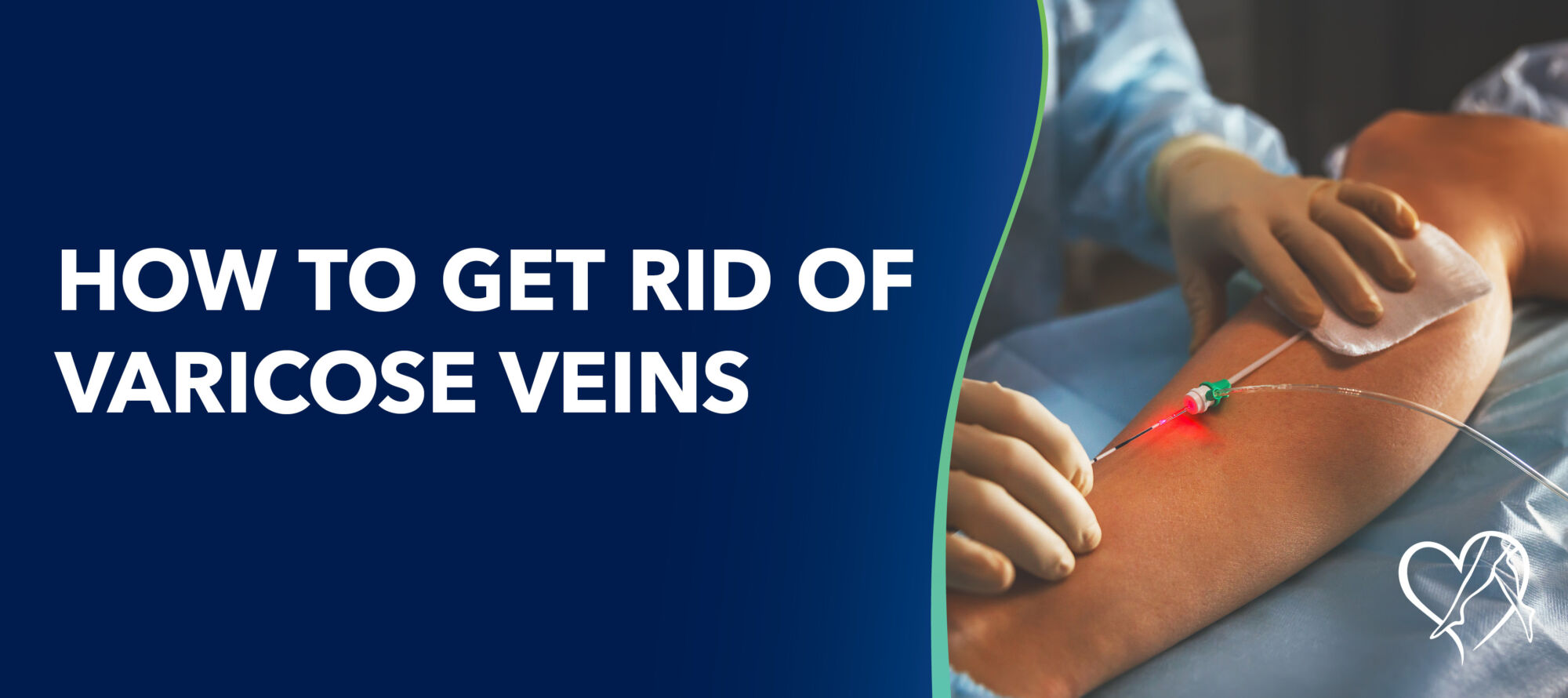

In this medically reviewed blog, learn what stab phlebectomy is, how it treats varicose veins, who qualifies, and why CVR’s vein specialists offer safe, minimally invasive relief.
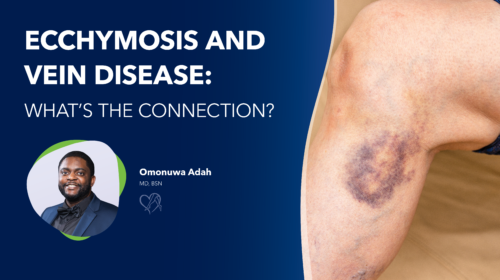
This blog explains why unexplained bruising, known as ecchymosis, may be more than a cosmetic concern and can sometimes signal underlying vein disease such as chronic venous insufficiency. It explores how weakened vein valves, rising leg-vein pressure, and fragile capillaries contribute to these bruise-like patches, along with other symptoms to watch for. Readers will also learn practical prevention tips and modern treatment options available at Center for Vein Restoration to restore comfort and healthy circulation.
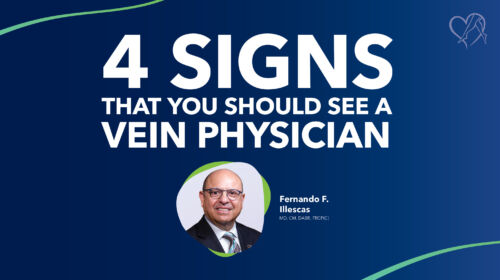
Discover the top 4 signs you should see a vein physician. Learn when symptoms like varicose veins, leg pain, swelling, or skin changes mean it’s time for expert care.
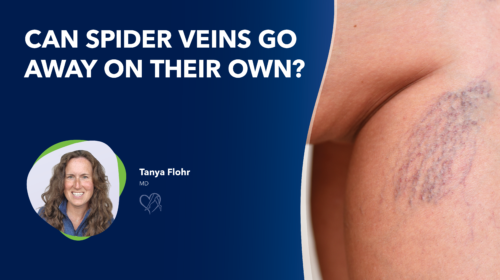
In this medically reviewed blog, Center for Vein Restoration explains what causes spider veins, how they differ from varicose veins, and why these visible vessels are often a sign of venous insufficiency rather than just a cosmetic issue. Learn how lifestyle changes, prevention strategies, and modern spider vein treatments like sclerotherapy and laser therapy can restore healthy circulation and help your legs look and feel their best.

Understand arterial vs. venous insufficiency and how CVR’s advanced treatments relieve pain, improve circulation, and restore healthy legs.
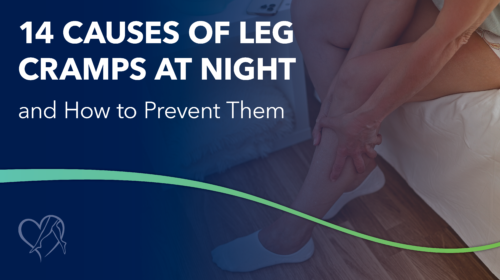
Discover 14 causes of nighttime leg cramps and expert tips to prevent them. Learn when cramps signal vein issues and how CVR can help restore healthy legs.

Constipation and leg pain might seem unrelated—but your body tells a different story. Straining, pressure, or even posture on the toilet can affect circulation, nerves, and muscles in your legs, especially if you already have varicose veins or chronic venous insufficiency. In this science-backed guide, Center for Vein Restoration explains how constipation can worsen vein-related symptoms like swelling, heaviness, or aching, and why a quick, painless vein evaluation could be the key to lasting relief.
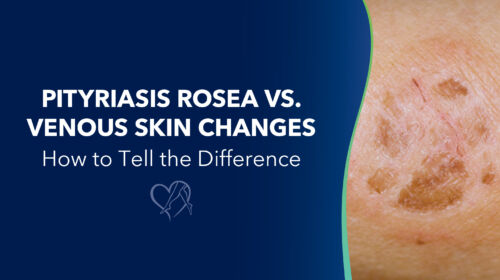
New or unusual skin discoloration on your legs could mean more than a harmless rash; it may be an early sign of vein disease. This blog explains the key differences between pityriasis rosea, a temporary skin rash, and venous skin changes caused by poor circulation or chronic venous insufficiency (CVI). Learn how to recognize the warning signs, when to see a vein specialist, and how Center for Vein Restoration, the nation’s leader in minimally invasive vein treatment, can help restore healthy circulation and skin tone for good.